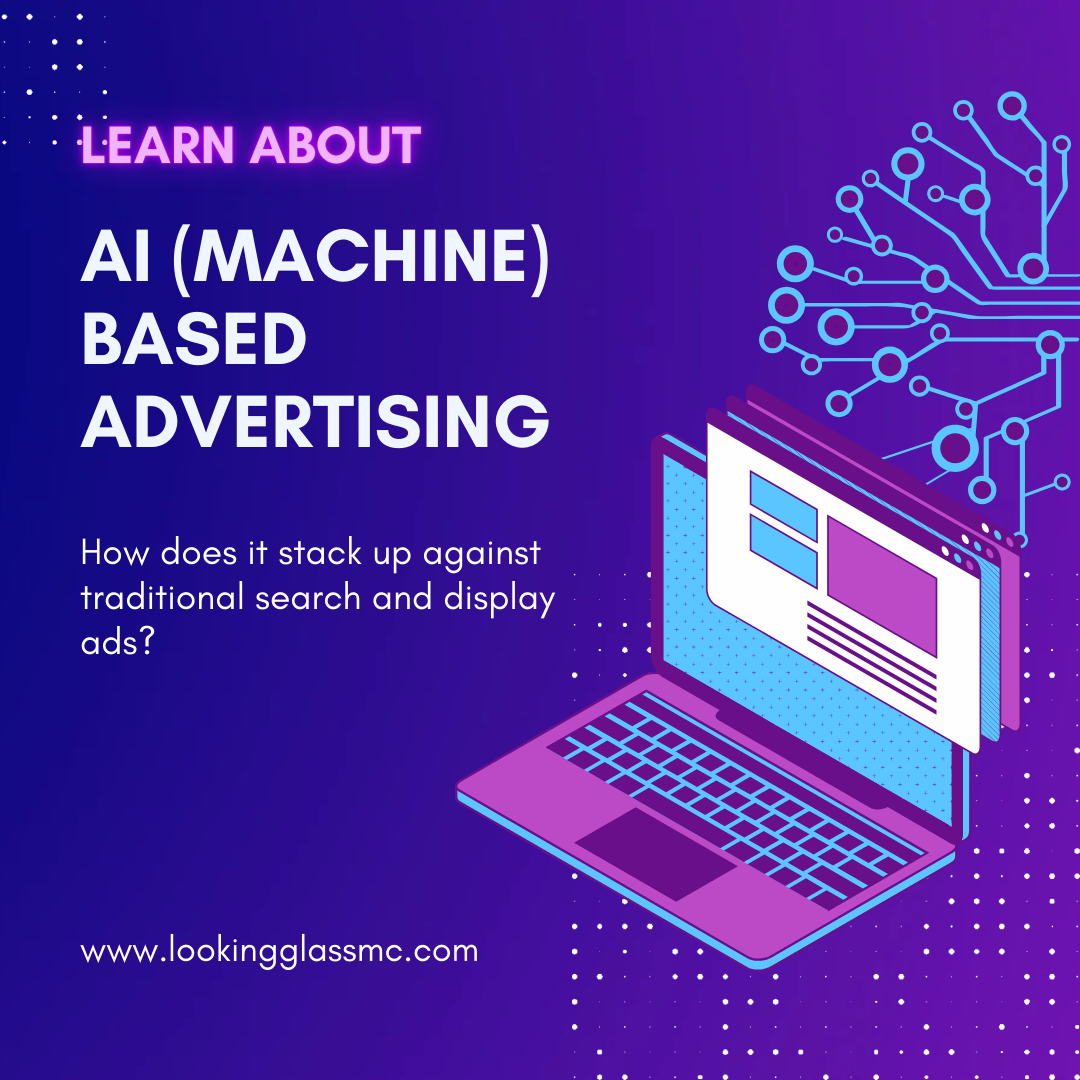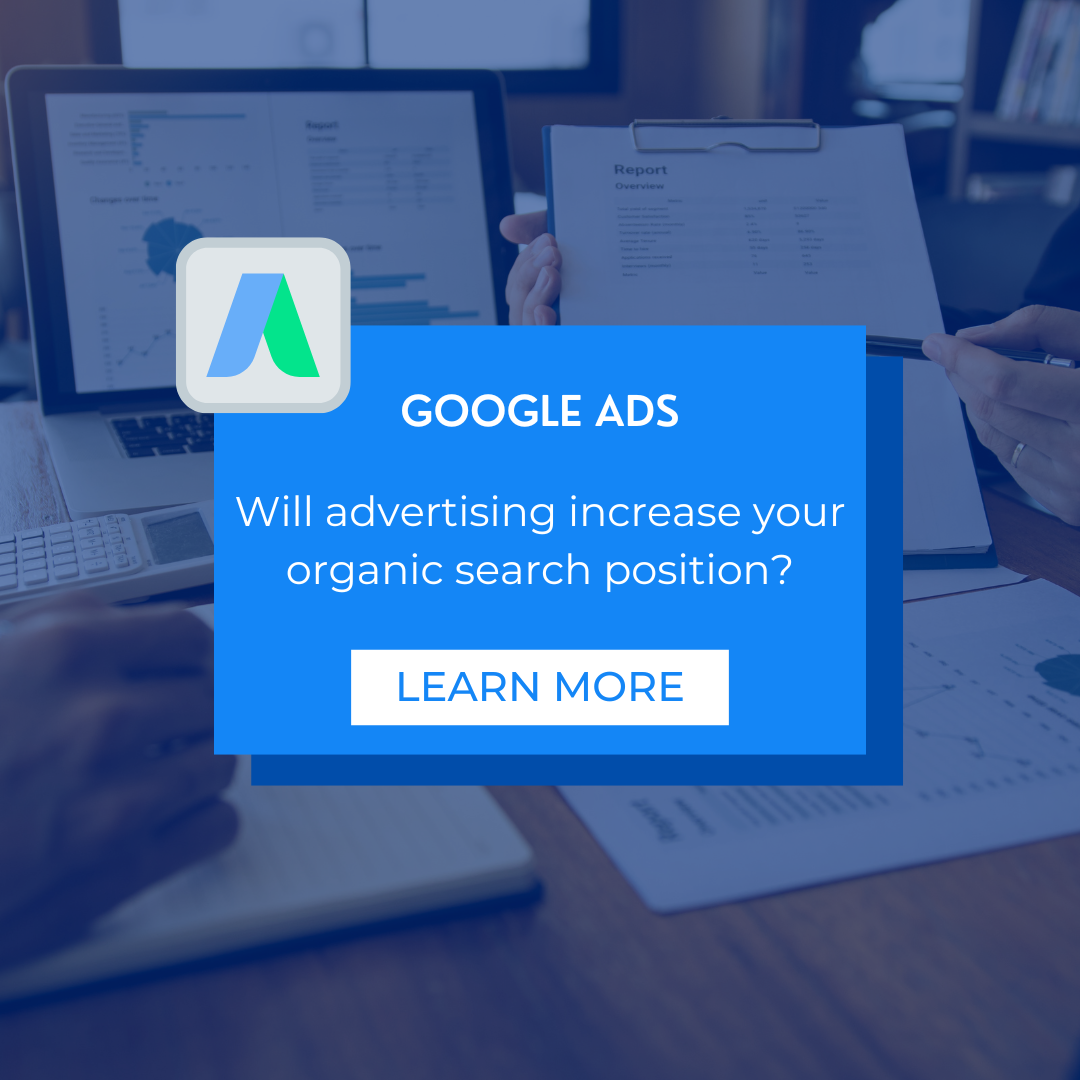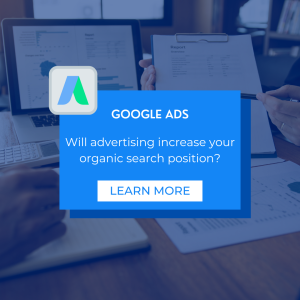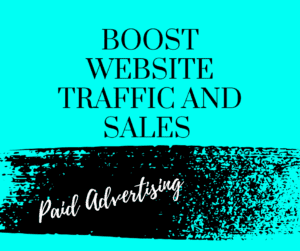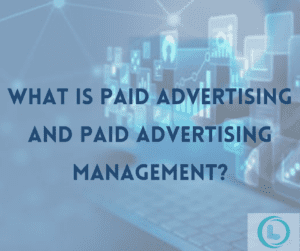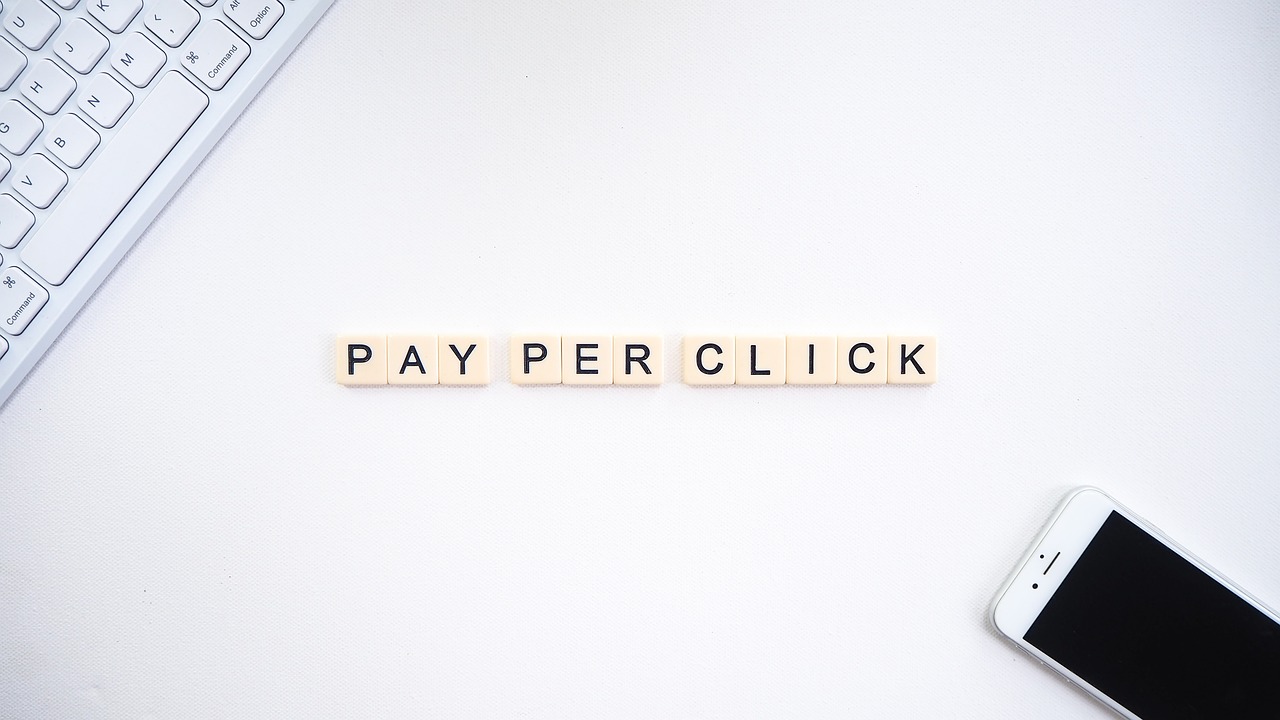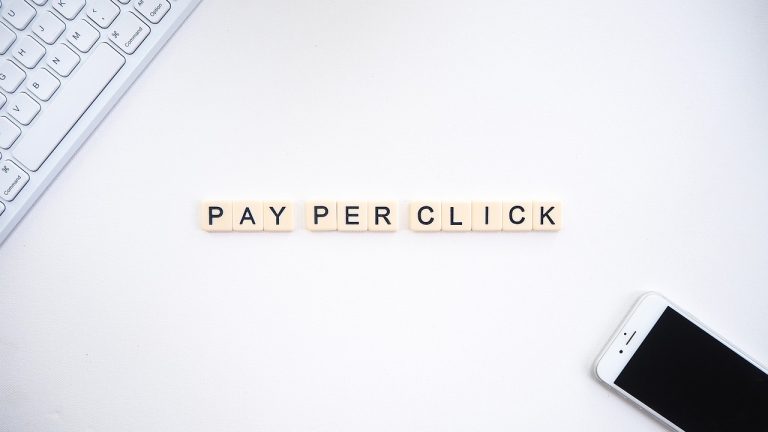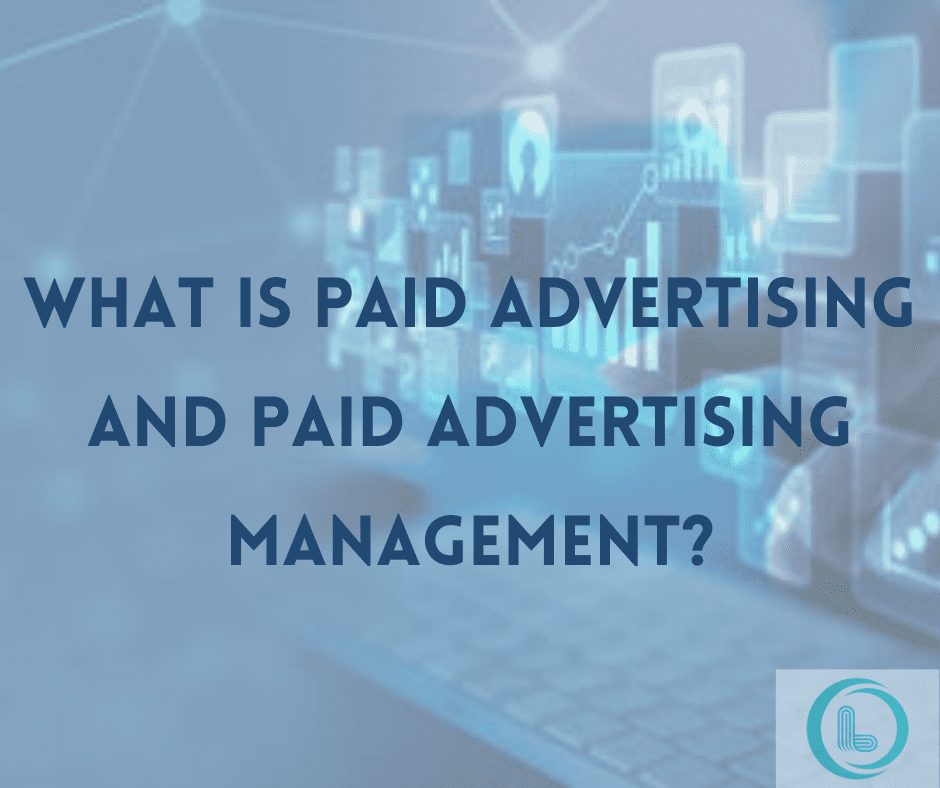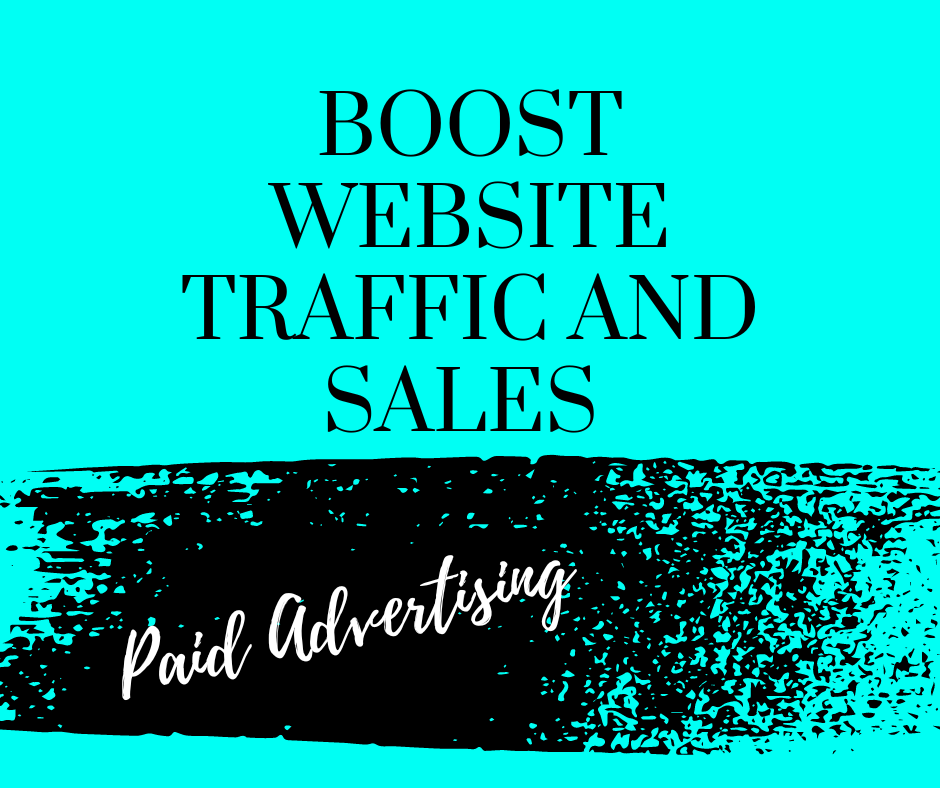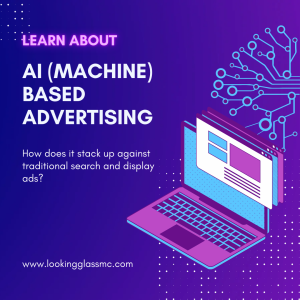
Machine Based Ads: How do they stack up?
In today’s digital advertising landscape, machine-based advertising solutions like Google’s Performance Max campaigns are gaining traction. These AI-driven campaigns promise enhanced efficiency and precision, but how do they stack up against traditional search and display ads? Moreover, are there scenarios where non-machine or human-managed ads might be more effective? This blog will compare Performance Max campaigns with traditional search and display ads, highlighting the benefits and potential drawbacks of each approach.
What is Performance Max
Performance Max is an AI-driven campaign type from Google that uses machine learning to optimize ad delivery across all Google properties, including Search, Display, YouTube, Gmail, and Discover. It aims to maximize performance by automating targeting and bidding based on your specified conversion goals.
Key Features and Capabilities:
- Automation: Uses machine learning to optimize bids and placements in real-time.
- Multi-Channel Reach: Delivers ads across various Google platforms.
- Simplified Management: Reduces the need for manual adjustments and detailed targeting.
- Data-Driven Decisions: Leverages Google’s vast data to enhance ad performance.
Benefits of Machine-Based Advertising
Efficiency: Machine-based advertising like Performance Max reduces the time and effort required to manage campaigns. By automating bidding and targeting, businesses can focus on strategic planning rather than day-to-day management.
Targeting Precision: AI-driven campaigns use advanced algorithms to identify and target the most relevant audiences. This precision can lead to higher conversion rates and better return on investment (ROI).
Data-Driven Decisions: Machine-based advertising relies on extensive data analysis to make real-time adjustments. This data-driven approach helps optimize campaigns for better performance and higher engagement.
Drawbacks of Machine-Based Advertising
Lack of Control: One of the primary concerns with machine-based advertising is the reduced level of control. Advertisers may feel limited in their ability to make specific adjustments or prioritize certain aspects of their campaigns.
Potential Over-Automation: Over-reliance on automation can lead to less nuanced advertising strategies. In some cases, human insights and creative thinking can provide a competitive edge that machines might overlook.
Dependency on Algorithms: Machine-based advertising is heavily dependent on algorithms that may not always align perfectly with a brand’s unique goals or target audience nuances.
Comparing to Traditional Ads
Flexibility and Customization: Traditional search and display ads offer greater flexibility and customization. Advertisers can manually adjust bids, choose specific keywords, and create tailored targeting strategies to meet their unique needs.
Hands-On Management: While more time-consuming, hands-on management allows for detailed monitoring and adjustment. Advertisers can respond to changes in real-time and apply their expertise to optimize campaigns.
Cost Considerations: Traditional ads can be more cost-effective in some scenarios, especially for businesses with a deep understanding of their audience and the ability to manage campaigns efficiently.
When to Use Each Approach
Situational Analysis:
- Performance Max: Ideal for businesses seeking to automate and streamline their advertising efforts, especially when lacking the resources for intensive campaign management.
- Traditional Ads: Better suited for businesses that require precise control and customization, or those with the expertise to manage complex campaigns effectively.
Business Size and Goals
- Performance Max: Suitable for larger businesses or those with broad advertising needs across multiple channels.
- Traditional Ads: Often more effective for smaller businesses or niche markets requiring highly targeted campaigns.
Budget Constraints:
- Performance Max: Can be cost-effective due to its automation and optimization capabilities.
- Traditional Ads: May be more budget-friendly for businesses with specific targeting and bidding strategies.
Key Take-Aways
-
Performance Max:
- Automated
- Cross-channel reach
- Real-time optimization
-
Traditional Ads:
- Customizable
- Direct control
- Manual optimization
Conclusion
Machine-based advertising, such as Performance Max campaigns, offers significant advantages in terms of efficiency, targeting precision, and data-driven optimization. However, traditional search and display ads provide greater control and customization, which can be crucial for certain businesses. By understanding the strengths and limitations of each approach, you can choose the best strategy to meet your specific advertising goals and maximize your ROI.
Interested in optimizing your advertising strategy? Contact Looking Glass Consulting and Digital Marketing for expert advice on leveraging both machine-based and traditional advertising methods. Our team is here to help you navigate the complexities of paid advertising and achieve your marketing objectives.

